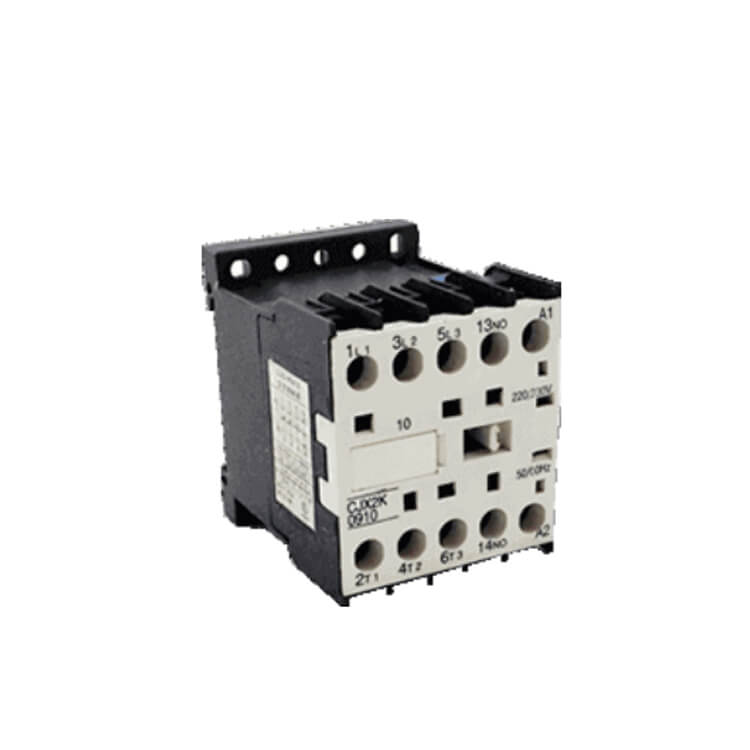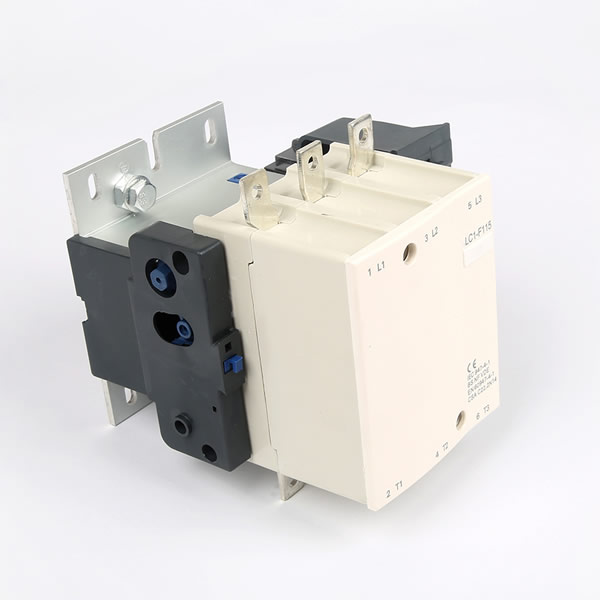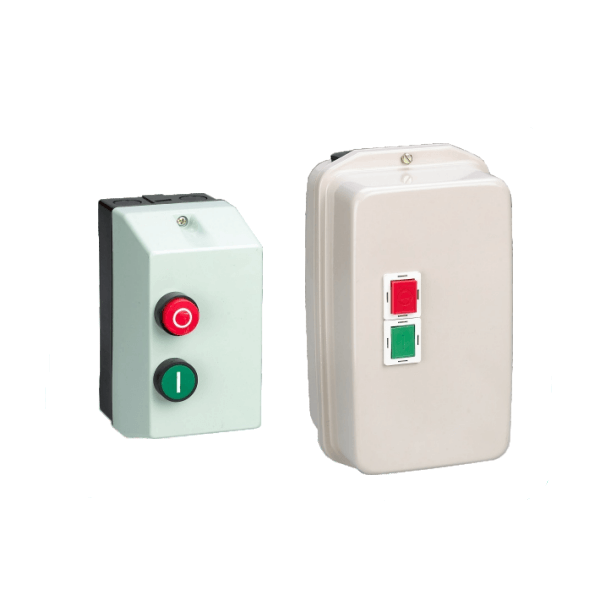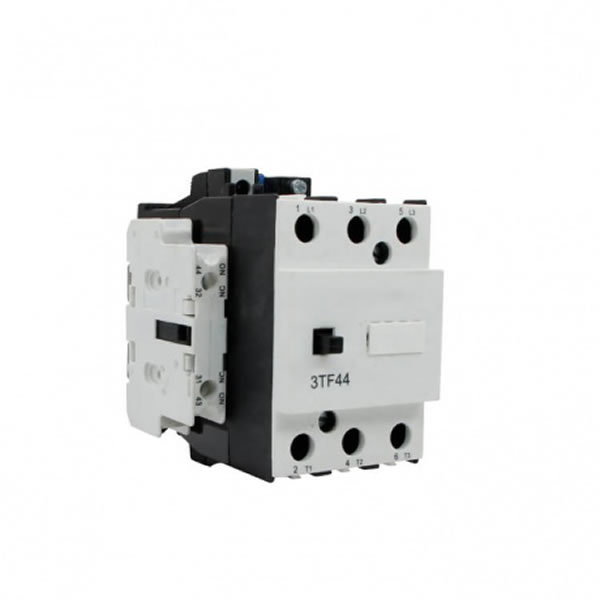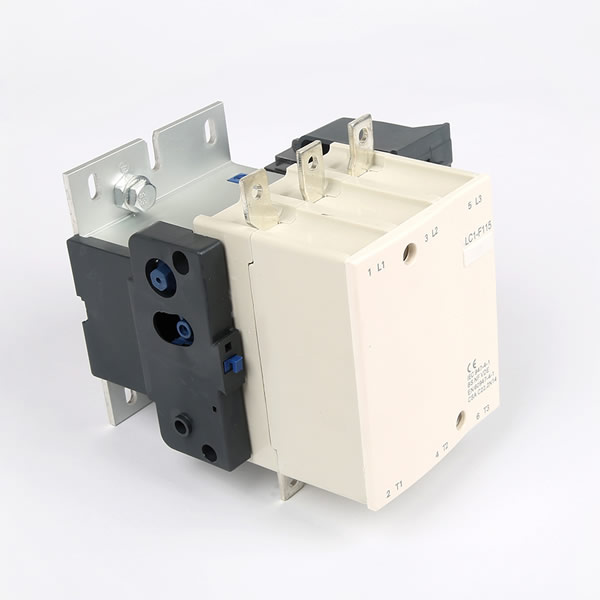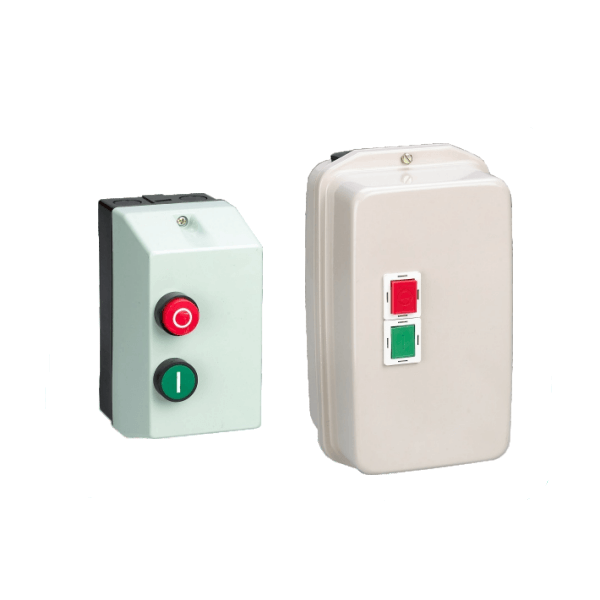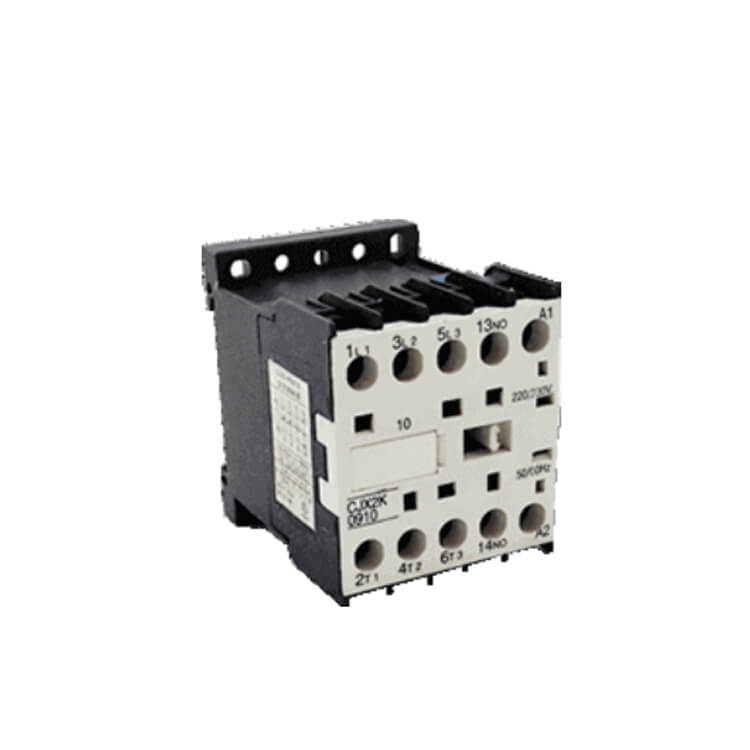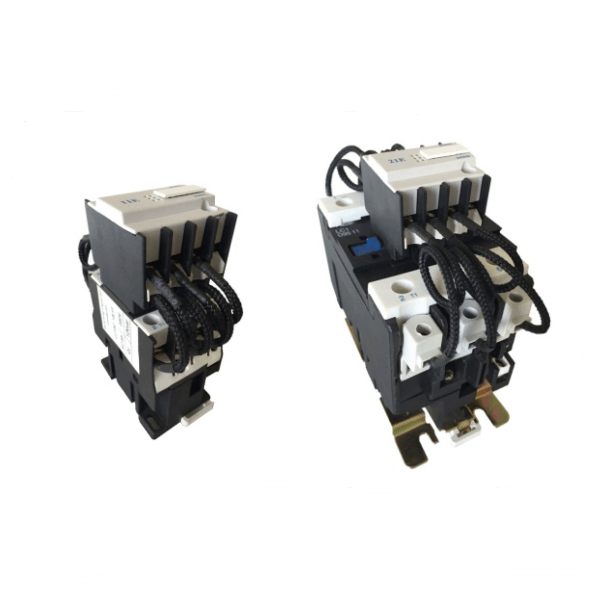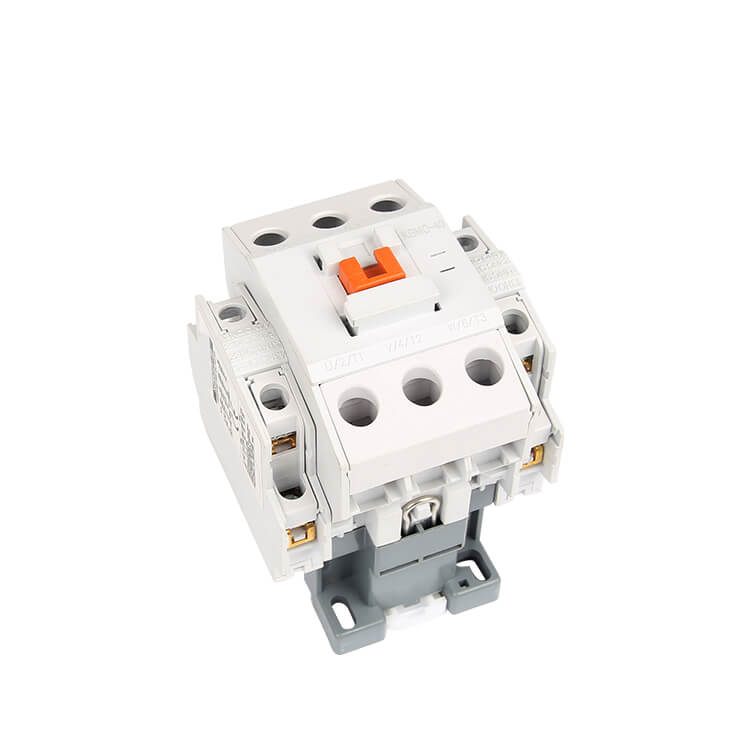Protection characteristics and selectivity of moulded case circuit breaker
MCCB can be divided into five categories according to the protected object and use: distribution, motor protection, three prevention field sharing, marine use and nuclear power industry. In general building electrical design, the first two types are commonly used, and the latter three are special field sharing. This paper does not cover them. In the design samples provided by the relevant manufacturers, it is clearly required that the designer mark whether it is for distribution or motor protection in the column of model and specification of circuit breaker. In general, the distribution can not be marked, while the motor protection must be represented by a code. However, some designers omit the code, which leads to some mccbs used to protect the electric airport. The MCCB for distribution is selected incorrectly, which brings about hidden dangers. As you know, the motor has a starting peak current of 5-7in duration of 10-20s at the start-up moment. Avoid the peak current caused by motor starting and protect the circuit breaker of a single motor. It is necessary to have an assessment index of 7.2 times the return time of the motor ≥ the actual starting time of the motor. For the breaker on the distribution line connected with several motors, the return time under 3 times IR1 to be assessed is ≥ the starting time of the motor with the maximum starting current in the line. The return time is generally 1-15s, and one of them can be selected according to the actual starting time of the motor during design.
Therefore, the use conditions and protection characteristics of these two types of circuit breakers have this problem.
The protection function of instantaneous release of class 2a and MCCB is not identical. The instantaneous and short-time release of class B circuit breaker are respectively responsible. Its short-time release ensures the action selectivity between the upper and lower circuit breakers. The instantaneous release is used as the protection line in case of super short circuit, and the fault is cut off momentarily.
3. When it comes to the selectivity of the upper and lower level of the circuit breaker, the operation current of the previous level is required to be 1.2 times of the next level action current, but it is not clear which release is the coordination. The author believes that the time difference between short delay release devices of class B MCCB ensures the selectivity, so it is unnecessary to cooperate with it. For MCCB with superior level of class B, the lower level has great difference, take CML as an example, see Table 2 and 3.
For the setting and calculation of MCCB over-current release, this paper does not give a detailed introduction. It can refer to the relevant design manual, but the following three problems should be noted:
one Because the action time of the instantaneous action of MCCB is full breaking time, about 20ms, and the motor starting current has periodic and non periodic components, and its peak value is about 1.8-2.0 times of the motor starting current and the duration is about 30ms. Therefore, when selecting the action current of the type a MCCB instantaneous release, it is necessary to pay attention to the instantaneous release of class A and B circuit breaker, because the action current of the superior level is about The maximum short circuit current is 1.1 times larger than the protection range of lower circuit breaker, so it is not necessary to cooperate. When the upper and lower level are instantaneous release of MCCB of class A, the action current is set according to the principle of avoiding the peak current on the line, while the peak current of the upper and lower sections is generally less different. If the upper level is not greater than 1.2 times of the next level instantaneous action current, It is possible that in case of short circuit, the upper and lower level act simultaneously, which destroys the selectivity, so it is necessary to cooperate in this case.

